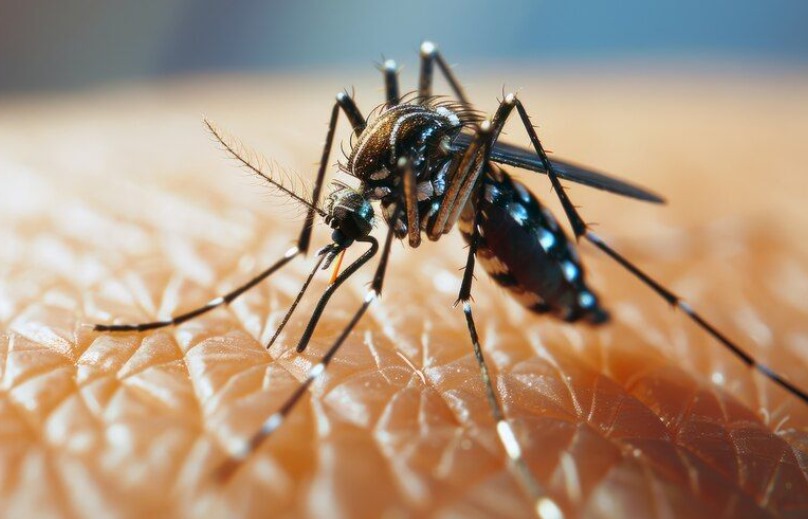Understanding Dengue Fever: Causes, Symptoms, and Prevention
Dengue fever is a mosquito-borne viral infection that affects millions of people worldwide, particularly in tropical and subtropical regions. It is caused by the dengue virus, which is transmitted to humans primarily through the bite of an infected Aedes aegypti mosquito. The disease is most common during and after the rainy season when mosquito breeding increases due to stagnant water.
Symptoms of dengue fever usually begin four to ten days after the mosquito bite and can range from mild to severe. Common symptoms include high fever, severe headache, pain behind the eyes, joint and muscle pain, skin rashes, nausea, and vomiting. In some cases, the disease can progress to a more severe form known as dengue hemorrhagic fever or dengue shock syndrome. These complications can lead to bleeding, low blood pressure, organ failure, and even death if not treated promptly.
There is currently no specific antiviral treatment for dengue. Management typically involves relieving symptoms through hydration, rest, and medications such as acetaminophen to reduce fever and pain. It is crucial to avoid non-steroidal anti-inflammatory drugs like ibuprofen, as they may increase the risk of bleeding.
Prevention is the most effective way to combat dengue. This includes eliminating mosquito breeding sites by removing standing water from containers, using mosquito nets and repellents, and wearing protective clothing. Community efforts and government-led initiatives to control mosquito populations through fumigation and awareness campaigns also play a vital role.
In recent years, a vaccine called Dengvaxia has been approved in some countries for individuals with a prior history of dengue infection. However, widespread prevention still largely depends on controlling mosquito populations and promoting public health education. As climate change and urbanization continue to affect mosquito habitats, ongoing vigilance is essential to prevent future outbreaks of dengue fever.




